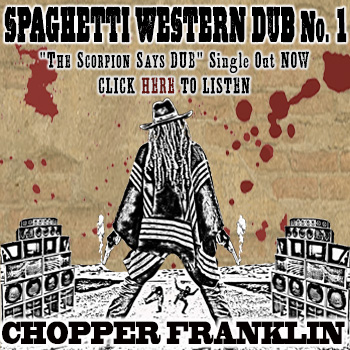Samuel Maverick
 In 1835 Samuel Maverick moved to the San Antonio, Texas area, and started practicing law. He was even one of the signers of the Texas Declaration of Independence.
In 1835 Samuel Maverick moved to the San Antonio, Texas area, and started practicing law. He was even one of the signers of the Texas Declaration of Independence.
As the story goes, a neighbor owed him $1,200. With no ready cash, the neighbor offered to pay him in cattle. So, reluctantly Samuel agreed to take 400 head of cattle. Not wanting to deal with the cattle, Samuel hired someone to take care of them. At first the hired hand branded the calves with Samuel’s MK brand. But soon things got out of hand, and many of the calves went unbranded.
By 1854 Samuel’s unbranded cattle were roaming all over the area, and his neighbors started complaining, stating that if Samuel didn’t do something about them, he wouldn’t have any.
Finally, in 1856, Samuel sold his cattle to another rancher. The cattle were sold on the basis of “range delivery.” This meant that the rancher bought an approximate number of cattle that happened to be located on the open range. Whenever the new owner found an unbranded cow, he claimed them as Samuel Maverick’s cattle, or “Maverick’s”. By 1857, people in the area were referring to unbranded cattle as “mavericks.”
But the term didn’t come into general use until after the Civil War, when the cattlemen returned to find tens of thousands of unbranded cattle roaming the plains. It’s interesting to note that during this time, although taking a branded cow was a hanging offence, to take an unbranded calf that wasn’t following a cow, or a maverick, was not rustling. And rounding up mavericks is the way many a cattle ranch started out.





